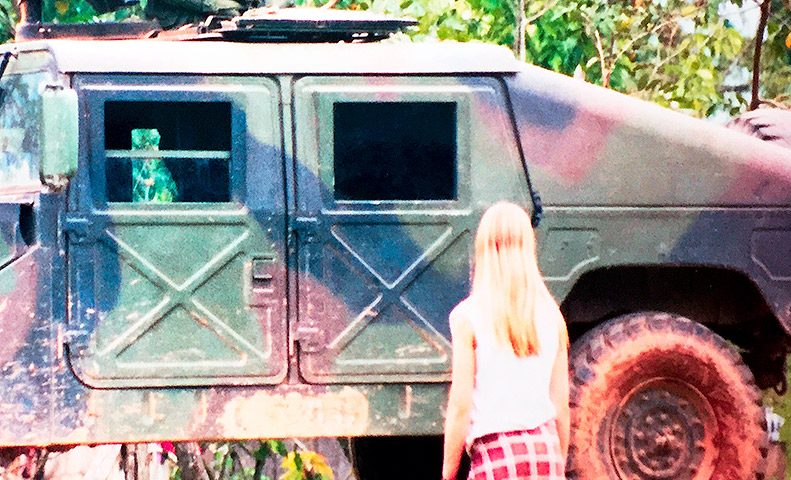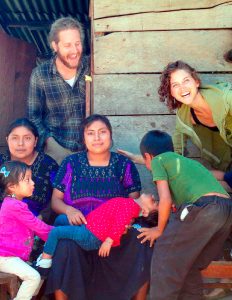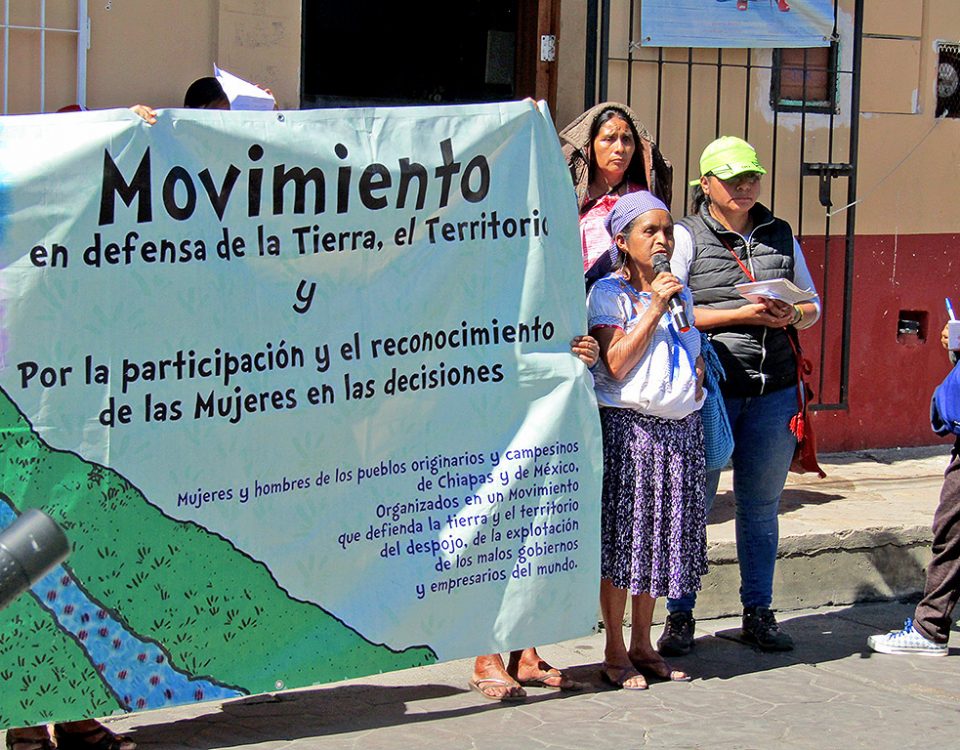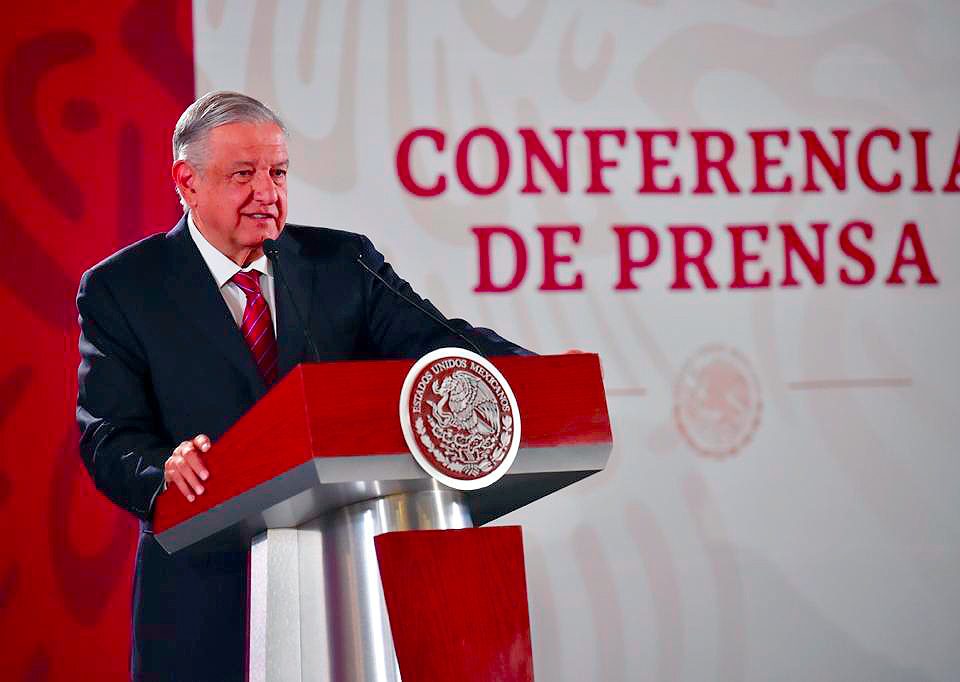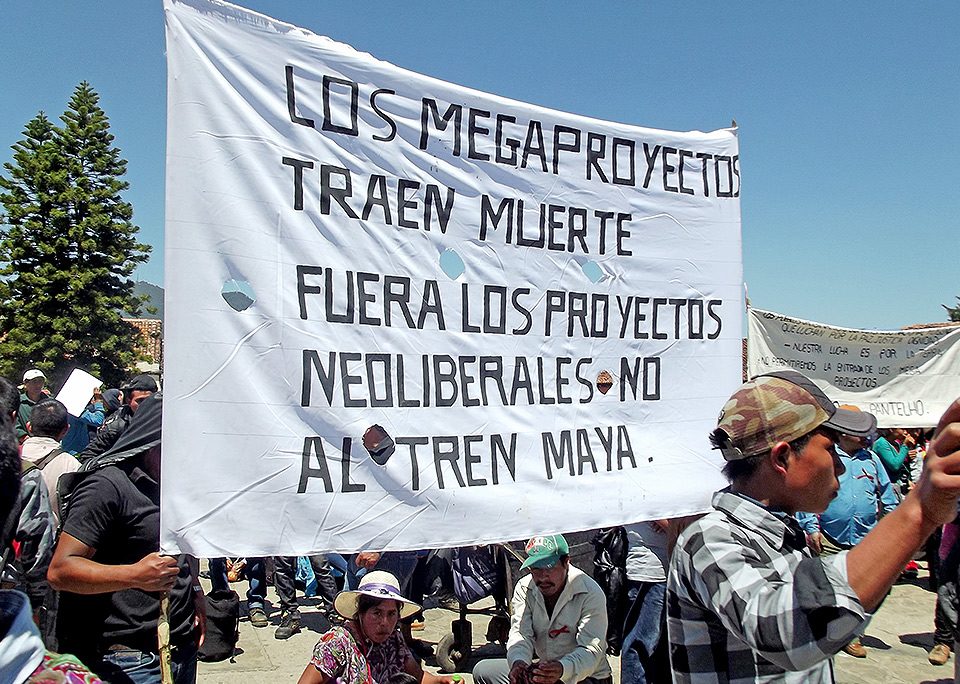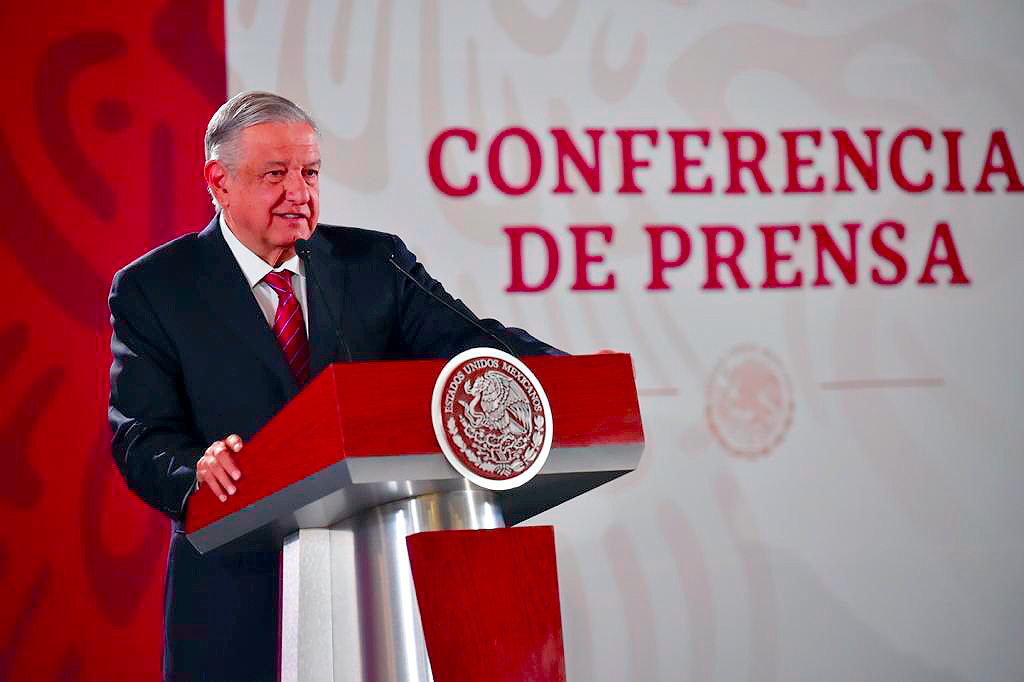
FOCUS: The Trans-Isthmus Corridor, a not-so-new project of the new government
06/03/2020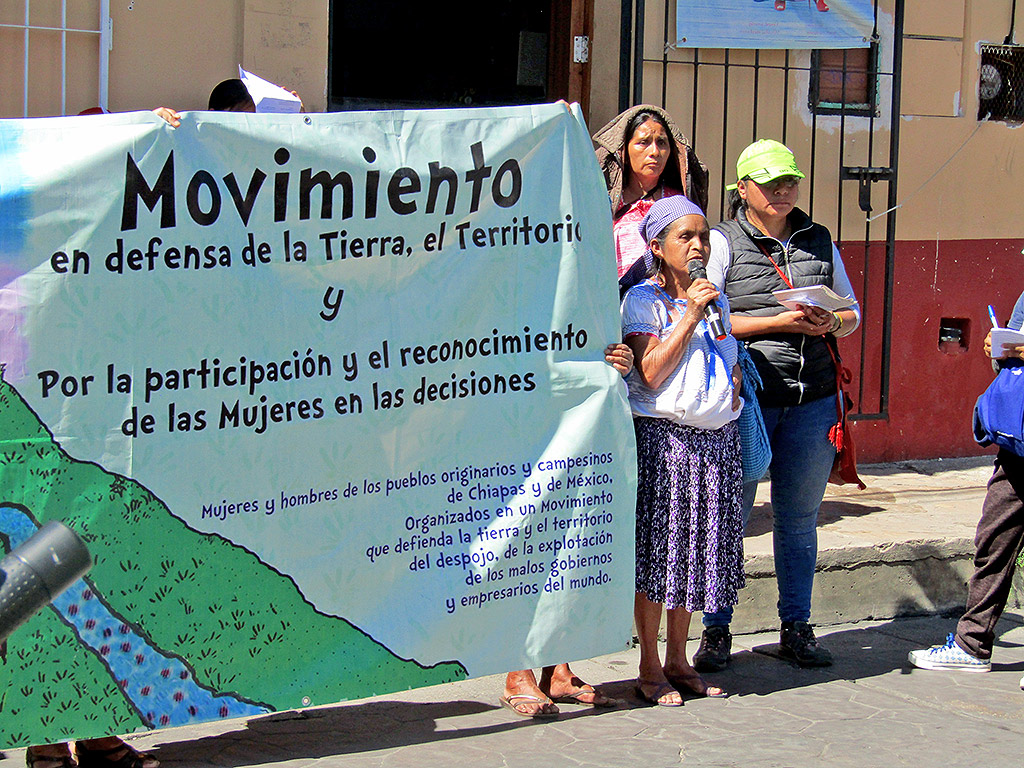
SIPAZ Activities (From mid-November 2019 to mid-February 2020)
06/03/2020The observers also promote solidarity as a value that promotes justice, dignity, and respect for human rights; they build hope by sharing in the daily life of each sunrise and sunset, tortillas, lighting the stove, cooking beans, fear, mud, dancing, baths in the river, and everything that communities give us from the heart and the satisfaction that comes from knowing we are loved and accepted by the communities.
National and international solidarity has been able to take many forms at different times, in different locations, and in different situations of conflict.
In Chiapas during the 1990s, it meant that thousands of unprotected and threatened people were sheltered against the extreme violence suffered in the region. In those years the Civil Camps for Peace (CCP), which today are known as Civil Observation Brigades for Peace and Human Rights (BriCo), began operation. This year, that project celebrates its 25-year anniversary.
The history of the project is inseparably linked to the armed uprising of the Zapatista Army of National Liberation (EZLN) in 1994, which generated a reaction of solidarity from national and international civil society to the systematic human rights violations that were pointed out, as well as for the systemic marginalization of indigenous peoples in Chiapas. Initially, the primary objective was “to open a civil space to help maintain hope, preserve peace and community dynamics in a context of war, in addition to witnessing a state war strategy and denouncing those actions.” Progressively it became clear that “not only have the communities in the so-called conflict zone been affected; there are also other communities that are daily beaten by a policy that believes in the establishment of the rule of law through repression, harassment, and torture,” states Rosy Rodriguez and Jorge L. Hernandez on the annual agenda of the Fray Bartolomé de Las Casas Center for Human Rights (Frayba).
As of August 1994, the Coordination of Non-Governmental Organizations for Peace (CONPAZ) installed “Casas de la Paz” in Morelia, Altamirano municipality, in addition to organizing Information Missions and caravans for humanitarian aid and monitoring. Then, the first CCPs were established in 1995, with the installation of camps in Altamirano, Tila, El Bosque, Ocosingo, and Las Margaritas. After restructuring in 1998, the program was renamed BriCo and is still coordinated today by Frayba. To date, it has had the participation of 12,728 observers from 60 countries of origin who have stayed in 108 camps in 23 municipalities of the state, an expression of “a lively and practical solidarity, full of reciprocity and gratitude”, recalls the Frayba 25 years after.
The work of the observers has involved “inserting the body” between the population and its aggressors, documenting possible violations of human rights and sometimes, for example with forced displacement, bringing food, medicine, and clothing. They have been accompanying organizational processes in defense of their territory, internally displaced persons, migrant caravans, and communities that suffered a natural disaster or who are in a risky situation.
In the BriCos, you end up sharing everyday life in all its facets. In this, otherness also arises: “I never thought that you can speak with a white person as an equal,” the indigenous compañera Guadalupe reflects. “One feels, sometimes, special, useful for thinking that one’s mere presence is important for the people of the color of the earth. But precisely that same issue makes you rethink the racist-class world we inhabit. May our skin, our non-being-of-color-of-the-earth be a safeguard for those who are,” reflects a Catalan campaigner. “We see that the observation of human rights establishes relations of dialogue and respect, despite all the differences,” including a minor one – the language – says another German campaigner.
From the 90s to date, “the Mexican political scene has become more complex, violence has spread and intensified. The aggressions to the historical processes of struggle and resistance, as well as the alternatives “below” have remained constant. For this reason, the commitment to protect, strengthen, and encourage these processes from national and international solidarity has remained relevant”, Marina Pages, coordinator of the International Service (SIPAZ), reminds us in a text of the annual Frayba agenda.
On the other hand, modern communication technologies and globalization, which make solidarity possible in its current effectiveness – even in manifestations such as the BriCo – are also factors that hinder it. In the midst of a barrage of news, any given event is not contemplated independently, but rather is digested in relation and comparison with the hundred other incidents that occurred on the same day or the previous day or the day before that. It is easy to feel that the needs are so overwhelming that there are no longer solutions or capacity to support others. Globally, it is increasingly difficult to generate a political cost to States for possible repressions, as since 9/11, human rights have increasingly been considered acceptable “collateral damage” by government players. At a more local level, in projects such as the BriCo the consequences of these changes are directly reflected in the available resources, monetary and human, and raise questions about their effectiveness and future.
However, despite all the challenges, the deterrent impact of BriCo is undeniable. National and international solidarity has made possible the protection of thousands of lives and the strengthening of organizational processes. Any space that facilitates the exchange between people who normally would never interact is another step towards a more comprehensive and fair world. “The BriCos are proof that another globalization exists, very different from that of capital. It is the globalization of love and hope that is built from and in the communities of Chiapas and that is spread all over the world,” recalls the Frayba.

